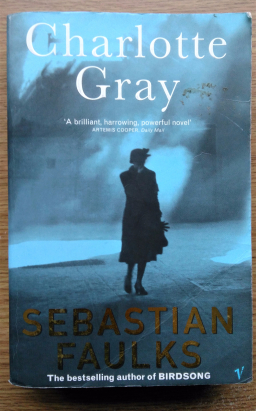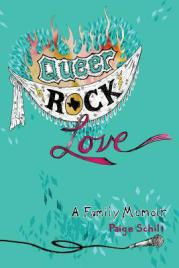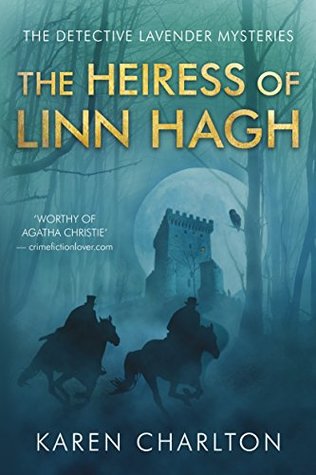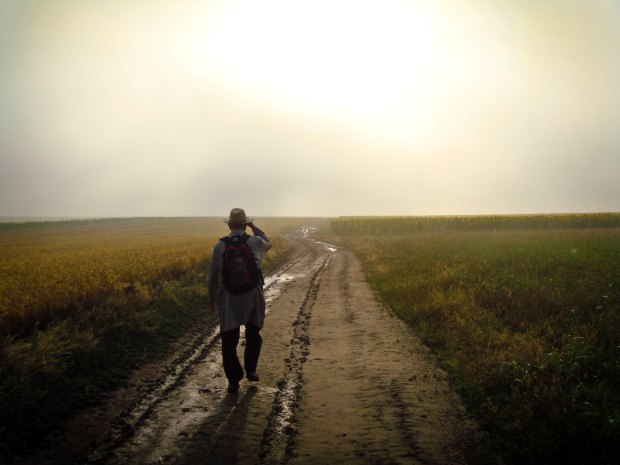 Title: Charlotte Gray
Title: Charlotte Gray
Author: Sebastian Faulks
Time/Place: England and France, 1942-1943
Teaser: ‘He was crossing the coast of England; chalk cliffs, sailing dinghies moored for better days, seaside towns with their whitewashed houses along the narrow streets that trickled down to wind-whipped fronts.’
Summary: Fighter pilot Peter Gregory vanishes on a war assignment. In the hopes of finding him, Charlotte Gray takes on a secret mission to Occupied France, where she’s drawn into a web of complex lives under the shadow of Nazi power.
My Thoughts:
I picked this book up because it was recommended to me by a friend who is a big fan of Faulks and World War literature as a good starting point for the era.
The history: World War One and Two are periods well out of my comfort zone, with WW2 probably the latest I would consider reading historically. Charlotte Gray undoubtedly feels a lot more ‘modern’ than any book set even fifty years prior, but Faulks does a fantastic job of writing history into ordinary lives, utilising tension and a sense of overhanging dread to highlight the turbulence of the time in both England and France. This book many not involve more well-known phenomena such as the trenches or the Blitz, but the reader experiences a hundred tiny battles in the space of the year timeline, all of which feed into a much bigger picture. I also found it interesting to read about the role of female spies in the war effort, having heard about women such as Odette Sansom and Violette Szabo when I was younger.
The story: Although it came with high recommendation, I was wary when starting this book – having read Engleby and a few pages of Birdsong in the past, I felt that Faulk’s style sometimes got bogged down in language that drew away from the plot. However, I was pleasantly surprised – although the style of writing is complex, it packs power, and Faulks presents some beautiful images and realistic settings with a set of stories that intertwine without getting lost. The first hundred pages could have been trimmed with a little more trust in the reader to understand the characters and their motivations, but the rest of the book is worth the wait. No section drags for too long and the multiple perspectives make a solid patchwork story with distinct voices. This ties particularly well into the ending, which was for me the highlight of the book, a skilful mixture of tragic and happy. All the stories end differently – some well, some not, just as in life. The last pages left me feeling physically exhausted, and that’s a sign of good writing and good history.
My favourite character was actually a very minor one – Daisy, Charlotte’s roommate in the first part of the book. She’s a loud, big-hearted and refreshing character in the midst of Charlotte’s heavier and quieter inner thoughts.
Recommended: Fans of war literature shouldn’t be disappointed by this book. Anyone with interested in guerrilla warfare or women’s history should also consider it.
My Rating: 3/5
Advertisements Share this:




